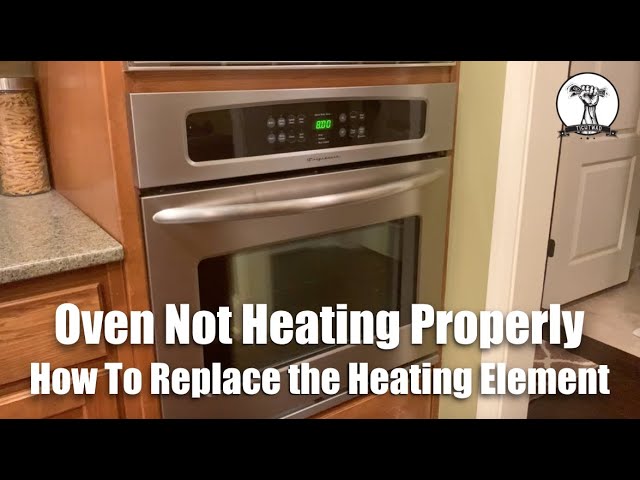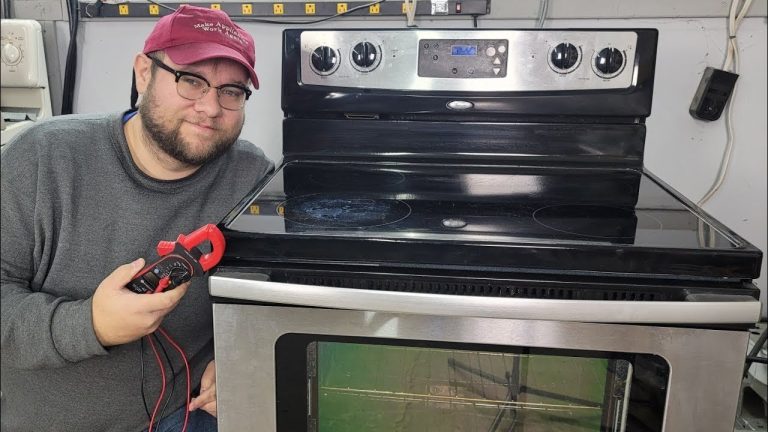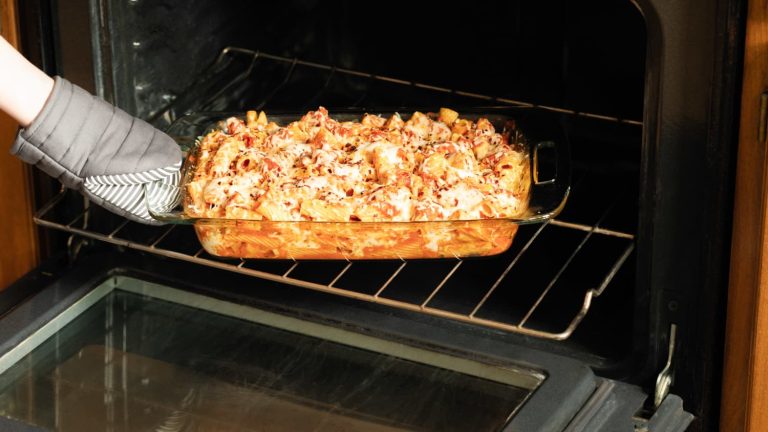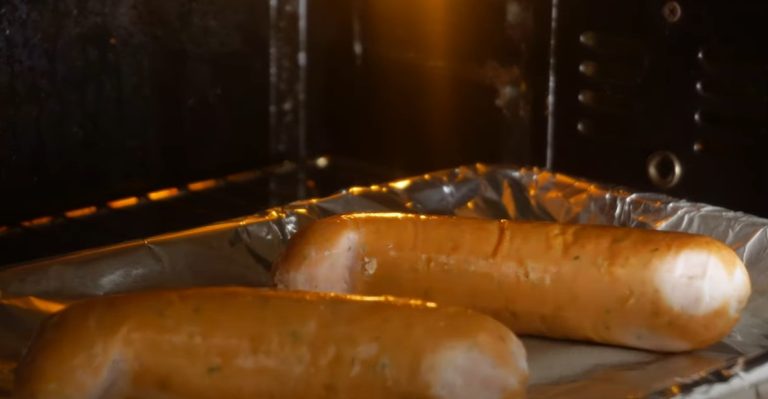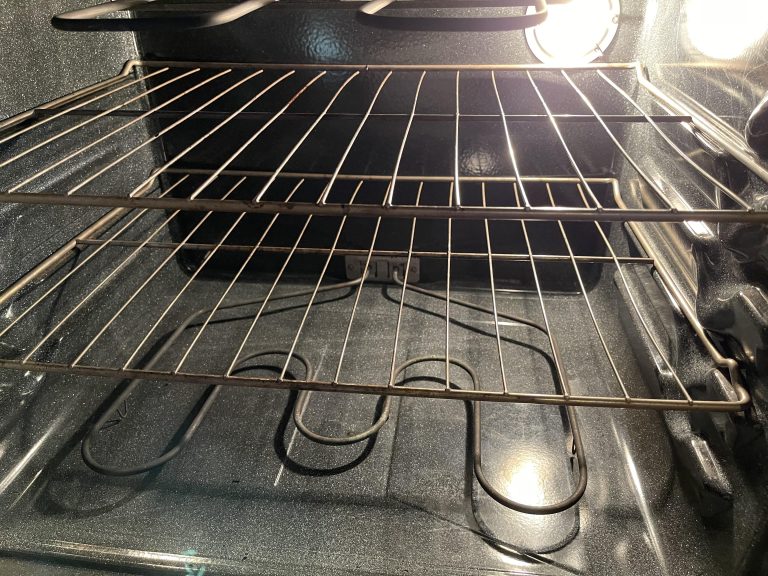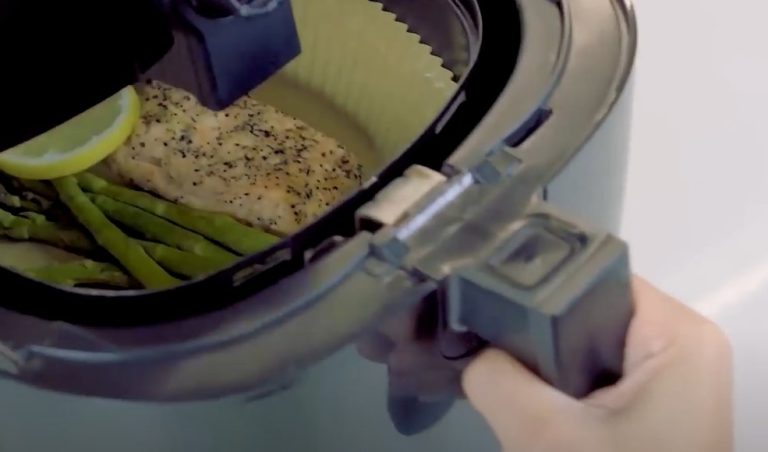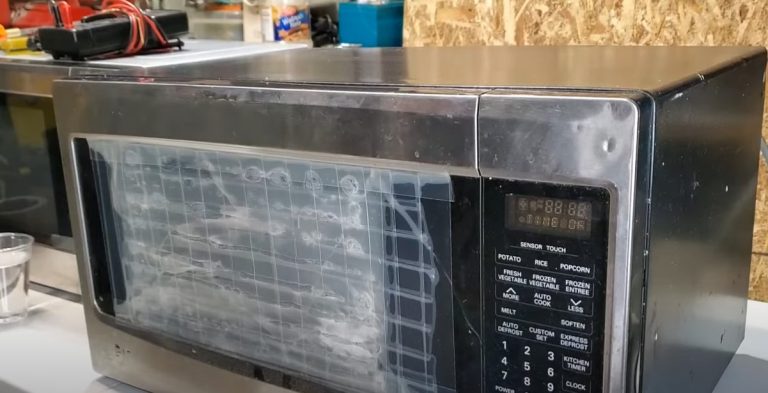Why Is My Oven Not Heating Up All the Way? Fix It Fast!
Why is my oven not heating up all the way? Your oven may not heat up fully due to a faulty heating element, broken igniter, temperature sensor issues, or a malfunctioning thermostat. Power supply problems or blown fuses can also be the cause. Inspect parts for damage and test components to identify and fix the issue.
It’s frustrating, isn’t it? You’re not alone. Many people face this issue, and it can turn a joyful cooking experience into a stress-inducing ordeal. Understanding why your oven isn’t performing as it should can save you time, money, and a whole lot of hassle.
We’ll dive into the common reasons behind this pesky problem and offer practical solutions you can try today. Imagine the relief of identifying the cause and fixing it yourself, so your kitchen can once again be the heart of your home. Ready to get your oven back on track? Let’s explore the possibilities together.

Credit: www.youtube.com
Why is My Oven Not Heating Up All the Way?
Common Reasons For Oven Malfunctions
Faulty heating elements and broken thermostats often cause ovens not to heat fully. Electrical issues can also disrupt proper heating. Regular maintenance helps prevent these common malfunctions.
If your oven isn’t heating up all the way, it can turn cooking into a frustrating experience. You preheat the oven, pop in your favorite dish, and instead of a delicious meal, you’re left with half-baked disappointment. Understanding why this happens is the first step to solving the issue. Let’s explore some common reasons why your oven might be misbehaving.
1. Heating Element Failure
A common culprit behind an under-heating oven is a faulty heating element. The heating element in an electric oven glows red hot to provide the necessary heat. If it’s broken or burnt out, your oven won’t reach the desired temperature. Check if the element glows when you turn the oven on. If it doesn’t, it might be time for a replacement.
2. Thermostat Issues
The thermostat regulates the oven’s temperature. If your oven is not heating properly, the thermostat might be malfunctioning. Consider using an oven thermometer to verify if the oven temperature matches the setting. A discrepancy may indicate a faulty thermostat that needs calibration or replacement.
3. Faulty Igniter In Gas Ovens
In gas ovens, the igniter lights the burner to generate heat. A weak or broken igniter might delay or prevent the burner from lighting, causing insufficient heating. Listen for a clicking sound when you turn the oven on. If the igniter is silent or clicks without lighting, it may need cleaning or replacing.
4. Broken Temperature Sensor
The temperature sensor works alongside the thermostat to maintain consistent heat. If the sensor is broken or misaligned, your oven may not reach the desired temperature. Ensure the sensor isn’t touching the oven walls, which can lead to inaccurate readings. A professional might be needed if the sensor requires replacement.
5. Control Board Malfunction
The control board is the brain of your oven. If it’s faulty, the oven might not receive the correct signals to heat up. Check for error codes on the display panel. A technician can help diagnose and fix control board issues.
6. Power Supply Problems
Sometimes, the simplest explanations are the most overlooked. Ensure your oven is properly plugged in and that your circuit breaker hasn’t tripped. If your oven is hardwired, a professional electrician might be needed to inspect the wiring. Experiencing any of these issues can be a hassle, but understanding them helps you make informed decisions. Have you faced any unexpected oven malfunctions before? How did you handle it? Share your experiences and any additional tips you might have. Your insights could be the key to helping someone else solve their oven woes.

Credit: www.kitchenaid.com
Troubleshooting Electrical Issues
When your oven isn’t heating up all the way, it can be a real hassle, especially when you’re trying to prepare a meal. One common cause might be electrical issues. Knowing how to troubleshoot these problems can save you time and money, not to mention prevent the frustration of an undercooked dish. Let’s dive into some practical steps you can take to address these electrical hiccups.
Check The Power Source
Start with the basics. Is your oven plugged in properly? It’s surprising how often this simple oversight can cause problems. If the cord seems secure, check if the outlet is working. Try plugging in another device to ensure there’s power. If the outlet is dead, you might need to look at your home’s electrical panel.
Inspect The Circuit Breaker
Sometimes, the circuit breaker trips, cutting off electricity to the oven. Open your electrical panel and see if the oven’s switch is in the “Off” position. If so, flip it back to “On.” Be cautious; if it trips again, there might be a bigger issue at play, like a short circuit.
Examine The Oven’s Wiring
Loose or damaged wires can prevent your oven from heating properly. If you’re comfortable doing so, unplug the oven and check the wiring connections behind it. Look for signs of wear or fraying. If you spot any damage, it might be time to call a professional for repairs. Handling electrical wires can be dangerous, and safety should be your priority.
Assess The Heating Element
The heating element is crucial for your oven’s performance. If it’s not glowing red, it may be faulty. Carefully inspect the element for cracks or breaks. If the element is damaged, replacing it could be the solution. Did you know you can often order a replacement online and install it yourself? This can be a satisfying fix that saves you the expense of hiring someone.
Consider The Control Board
If you’ve tried everything else and your oven still won’t heat, the control board might be the culprit. This component manages the oven’s functions, and a malfunction can disrupt heating. Replacing a control board isn’t usually a DIY task, but understanding its role can help you communicate better with a technician.
Electrical issues can be daunting, but breaking them down into manageable steps makes troubleshooting your oven less intimidating. Have you ever tackled an appliance repair on your own? What did you learn from the experience? Sharing these insights could be just what someone else needs to overcome their heating woes.
Checking The Heating Element
So, your oven isn’t heating up all the way and your dinner plans are in jeopardy. Before you panic or call a repair technician, there’s a simple step you can take: check the heating element. This small yet crucial component might be the cause of your culinary woes.
What Is The Heating Element?
The heating element is the part of the oven responsible for producing heat. It’s usually located at the bottom for baking and at the top for broiling. Think of it as the heart of your oven. Without it, your oven might as well be a storage space.
How To Check The Heating Element
First, unplug your oven to ensure safety. Then, visually inspect the heating element. Look for any obvious signs of damage, like breaks or burns. You might be surprised how often a simple visual check reveals the issue.
If the element appears intact, test it with a multimeter. This tool measures electrical resistance, and should show a reading if the element is functioning. If there’s no reading, it’s time to replace it.
Common Signs Of A Faulty Element
Does your oven take forever to heat up? Or does it not heat at all? These are signs the heating element might be faulty. Uneven cooking or cold spots in your food are also indications. Have you experienced these frustrating moments?
Personal Experience: The Case Of The Cold Lasagna
I once faced a similar issue with my oven while preparing lasagna for a family gathering. After checking the heating element, I discovered it was the culprit. Replacing it was a straightforward process, and soon my lasagna was bubbling away. Have you ever had a kitchen mishap like this?
When To Call A Professional
If you’ve checked the element and it seems fine, but your oven still won’t heat properly, it might be time to call a technician. Some issues require expert hands. Don’t hesitate to seek help if you’re unsure.
Is your oven heating up now? Checking the heating element can be a quick fix, saving you time and money. If it doesn’t solve the problem, at least you know what it isn’t. Have you found this tip helpful?

Credit: www.kitchenaid.com
Inspecting The Thermostat
Is your oven taking forever to heat up, or worse, not heating up at all? Before you panic, take a closer look at the thermostat. This small component plays a big role in regulating your oven’s temperature. A faulty thermostat might be the reason your culinary creations aren’t turning out as planned. Understanding how to inspect it can save you from unnecessary expenses and frustration.
How Does The Thermostat Work?
The thermostat is essentially your oven’s temperature gauge. It monitors the heat and signals the oven to maintain or adjust it. If it’s malfunctioning, the oven might not heat up properly. Imagine baking a cake at a lower temperature than required – it’s bound to be a disaster!
Signs Of A Faulty Thermostat
Is your oven’s temperature inconsistent? Or does the oven take longer to heat up? These are clear signs that the thermostat might be acting up. You might notice food taking longer to cook or burning unexpectedly. It’s frustrating when your perfectly planned dinner turns into a guessing game.
Simple Tests To Check Your Thermostat
You don’t need to be an expert to test your thermostat. Start by setting your oven to a specific temperature and see if it reaches that point. Use an oven thermometer to verify the actual temperature. If there’s a significant difference, your thermostat might need attention.
Should You Fix Or Replace?
Sometimes, a simple reset or calibration can solve the issue. But if the thermostat is damaged, replacement might be necessary. Weigh the cost of repair versus replacement. Have you ever tried fixing something and ended up spending more than expected? Ensure you choose the most practical solution.
Seeking Professional Help
If you’re unsure about handling the thermostat yourself, consider consulting a professional. They’ve got the tools and expertise to diagnose the issue accurately. Have you ever thought a problem was minor, only to find out it was more complex? A professional can provide the reassurance you need.
Inspecting the thermostat is a practical step towards understanding your oven’s heating issues. If you’ve been wondering why your oven isn’t heating up all the way, this could be the key to solving your problem. Are you ready to get your oven back to its optimal performance?
When To Call A Professional
Sometimes, oven problems need expert attention. It’s not always easy to fix. Recognizing these situations can save time and money.
Faulty Heating Element
The heating element might be broken. This part is essential for cooking. If it doesn’t glow red, it might need replacing. A professional can safely handle this task.
Temperature Sensor Issues
Your oven has a temperature sensor. It ensures even heating. If your food isn’t cooking evenly, the sensor might be the issue. Professionals have the right tools to test and fix it.
Electrical Problems
Ovens use a lot of electricity. Loose wires or faulty connections can cause issues. These problems are dangerous. Only a professional should address them.
Strange Noises
Weird sounds can signal deeper issues. Grinding or squealing noises need attention. A technician can identify and fix the problem safely.
Gas Odor
Smelling gas is a serious concern. Turn off the oven immediately. Don’t try to fix it yourself. Call a professional right away for safety.
Persistent Error Codes
Modern ovens display error codes. They indicate specific issues. If you see these codes often, expert help is needed. A professional can interpret and resolve these codes effectively.
Frequently Asked Questions
Why Is My Oven Not Heating Evenly?
Oven heating issues often stem from faulty heating elements or temperature sensors. Check them for damage or misalignment.
What Should I Do If My Oven Won’t Heat?
Start by checking the power source. Ensure the oven is plugged in and the circuit breaker isn’t tripped.
Can A Broken Thermostat Cause Heating Problems?
Yes, a malfunctioning thermostat can prevent your oven from reaching the desired temperature. Consider replacing it if needed.
Conclusion
Fixing an oven that doesn’t heat properly can be simple. Check power supply first. Inspect heating elements for damage. Clean oven regularly to avoid issues. Sometimes, thermostats fail. Replace if necessary. Ensure door seals tightly. This prevents heat loss. Older models might need professional help.
Regular maintenance keeps ovens working well. Cooking becomes easier. Avoid frustration by addressing problems early. Enjoy a perfectly heated oven. Your meals will taste better. Happy cooking!
Read More
- Why is My Whirlpool Oven Not Heating Up? Troubleshoot Now
- Wood Stove Oven Combo: Revolutionize Your Cooking Experience
- Xo Pizza Ovens: Revolutionize Your Homemade Pizzas
- Woody’S Wood Fire Pizza Bar & Oven Menu: A Flavorful Journey

Hi there, my name is Kitty Wilson and I am the founder of Globokitchen.com. Professionally, I am a chef and start my cooking journey since 2009. Stay tuned to get splendid cooking tips, ideas, and hacks

